What if my next page-turner doesn’t have any pages?
As I write this post I am up to my elbows in finalizing the formatting and interior lay-out for the print version of my new thriller Grave Undertakings (sequel to the acclaimed Asylum Lake). The entire frustrating process has me questioning the future of my titles in print. The far-less cumbersome e-book formatting has been done for some time and it begs the question: am I committing author suicide if my next page-turner doesn’t have any pages at all?
Don’t get me wrong, I love print books. I still haven’t invested in an e-reader (although I have read e-books on my laptop. I guess I’m just old-school when it comes to books – as a reader that is. As an author I have to take a good hard look at the bottom line and time investment of having my books available in print.
It’s not just the formatting, cover art, and printing that takes time, either. There are separate channels of promotion that are tackled when your book is in print. And as any self-published author will tell you, time is everything. Most of us are juggling careers, families, and this writing dream on the side. The more time it takes us to edit, format, and promote a title the less time we actually have to write.
Let me break it down like this. Asylum Lake was printed on an Espresso Book Machine. For those of you unfamiliar, it’s a $100,000 color copier ripped right from the pages of the future that prints, cuts and binds a title in less than 4 minutes. When I started down the path of self-publishing the e-book craze was in its infancy and the emphasis was still all about print. It costs me $10 a book to print – whether I am printing one copy or one-hundred. I couldn’t be happier with the finished 6×9 product.
At a $15 cover price, I receive $5 on each sale of Asylum Lake. That’s a nice round figure that adds up quickly, right? Well, yes and no. I get paid royalties twice a year. Asylum Lake was published in July of 2010 so I have received a grand total of one royalty check. If I had to guess I would say that I have provided roughly 75 copies of Asylum Lake for review and marketing purposes. The quick math puts that investment at $750 in print fees and doesn’t even include the shipping. That investment has landed me some wonderful reviews in traditional media outlets, but just to recoup that investment I had to sell 150 copies of Asylum Lake. You see where I’m going with this, right? Everything is more expensive with print.
Without giving specifics, I’ve done fairly well with sales of Asylum Lake. I had 300 paid pre-orders via the official Asylum Lake website before the book even went to print and was able to use that capital to have more copies printed and on-hand. You see, I released the book online in early 2010 one chapter at a time over the course of six weeks. That’s six free chapters – just enough to get people hooked. Within two months of that first July 2010 printing the facebook fan page for Asylum Lake had swelled to more than 600 fans – all reviewing and discussing the book.Readers from across the globe were actually talking about my book. It was quite a rush.
Fast forward to when reality sets in. I plateaued. I do marketing & public relations for a living and I was at a loss for what I could do on a shoestring budget to continue the momentum. I did radio interviews, TV interviews, had my book featured on Top 5 lists, did multiple author events at libraries and bookstores, and even was the subject of newspaper article detailing my success as a self-published author. All of these activities increased local sales, but I wasn’t making a dent beyond the 150 mile radius of where I live in West Michigan.
And that is the conundrum I am now faced with. Asylum Lake was a fairly big deal locally and with the upcoming release of Grave Undertakings I am confident that interest will again rise, but my goal is a reach beyond my own community and state.
Recently, I started to promote the e-book version of Asylum Lake via Smashwords and Amazon and have had some success. It’s still time consuming, but there are so many options at my disposal. I can tweak the cover art or description of Asylum Lake with the click of a button. I can use the Kindle Boards to promote and discuss how my title stacks up against others. I can generate coupons and giveaways on Smashwords for discounted and free copies. The possibilities are nearly endless.
So here I sit, roughly 45 days out from the release of Grave Undertakings, and I wonder – what if Grave Undertakings wasn’t on bookshelves? Is it time to focus all of my attention on this brave new e-book frontier? Vanity says I couldn’t live with myself if I weren’t able to walk into a library or bookstore and see my own titles next to those of the iconic Stephen King or his very talented son Joe Hill.
What are your thoughts – as readers and authors. Are print books a dying breed?
Get an Editorial Review | Get Amazon Sales & Reviews | Get Edited | Get Beta Readers | Enter the SPR Book Awards | Other Marketing Services



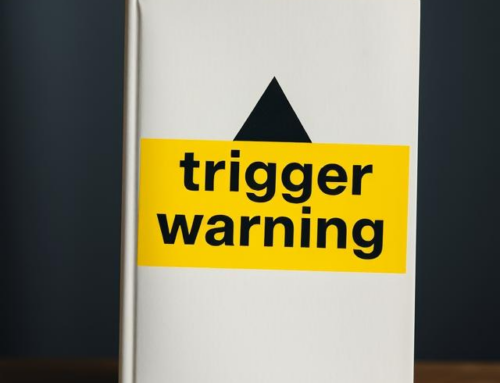
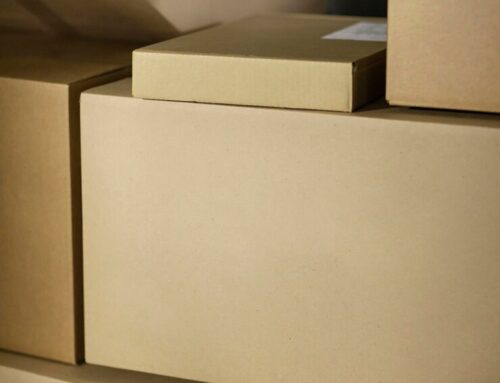


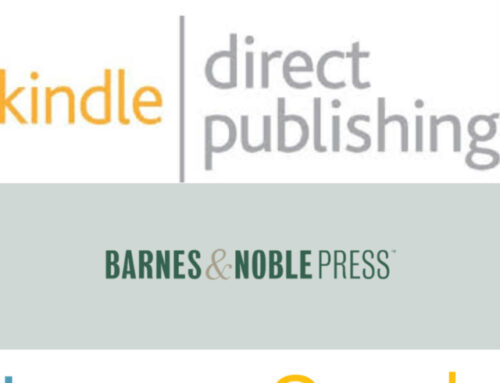
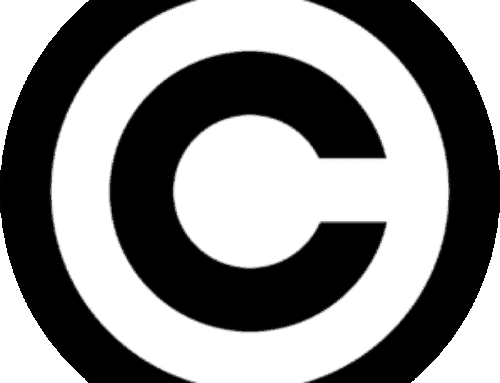

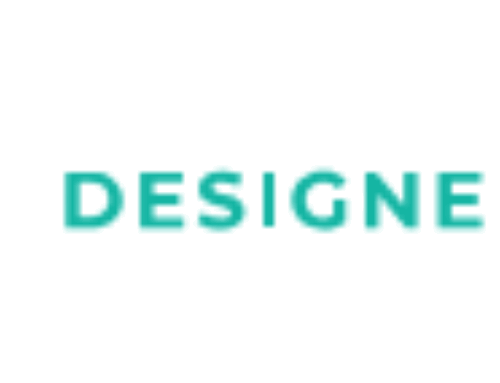











I might be misunderstanding something about your distribution, but why go through the machine when you could get those for probably $4-5 a pop via Createspace.
It would be even cheaper if you went to lightning source. I think closer to $3 a book. You could drop the cover price to ten bucks and even after you gave Amazon their “fuck you, we’re Amazon” 25% discount, you’d make like four bucks a book.
Andrew Graham says:
April 4, 2011 at 6:34 am
One thing I will say, if he’s going down the Ebook route then he needs to pay more care to his product page on Amazon.
the first word in the product description for Asylum Lake on the UK Amazon site has a spelling/typo error!
In an e-book age, is print self-publishing still worth it?
By Chris Meadows
On the Self-Publishing Review blog, self-publishing author Rich Evans ponders whether it’s time to go e-book-only on his next self-published title. His first book, Asylum Lake, was self-published via an Espresso Book Machine, giving him a printed 6×9 paperback book for $10 each. He was able to start out with small print runs and sell them for $15 per book, plowing revenues back into getting more copies to have on hand.
He did all right selling the print book for a while, especially after promoting it by releasing the first six chapters serially on-line. The Facebook page for the book ended up with over 600 fans, which would represent $3,000 of profit if every one of those people bought the paper book—not too bad for self-publishing.
But the problem is that his reach is limited by being a physical self-publisher—anything he can do in person to increase publicity for the book has a very small radius of effect. But lately he’s discovered how effective e-book sales can be with a little on-line promotion:
Recently, I started to promote the e-book version of Asylum Lake via Smashwords and Amazon and have had some success. It’s still time consuming, but there are so many options at my disposal. I can tweak the cover art or description of Asylum Lake with the click of a button. I can use the Kindle Boards to promote and discuss how my title stacks up against others. I can generate coupons and giveaways on Smashwords for discounted and free copies. The possibilities are nearly endless.
And also, on Amazon the e-book is priced at a very reasonable $2.99—quite a bit below the $15 or $20 that the printed book costs.
Now that Evans is almost ready to release the sequel, he’s pondering whether he really even needs to go the print route at all with it. On the printed-book side, he likes being able to “walk into a library or bookstore and see my own titles next to those of the iconic Stephen King or his very talented son Joe Hill,” but I wonder how realistic it is to expect to be able to do that anywhere outside of his very small radius of effect.
Of course, as a couple of people pointed out in the comments on the blog post, the decision is a bit of a false dichotomy. There are other ways of self-publishing in print that would not be subject to the regional limitation of doing it in person via an Espresso, and would be a lot cheaper, too. But e-books certainly do have advantages in customizability and promotion that printed books can’t match.
Very interesting! I’m a Kindle reader and I must say that I purchase 50% of my books online now.